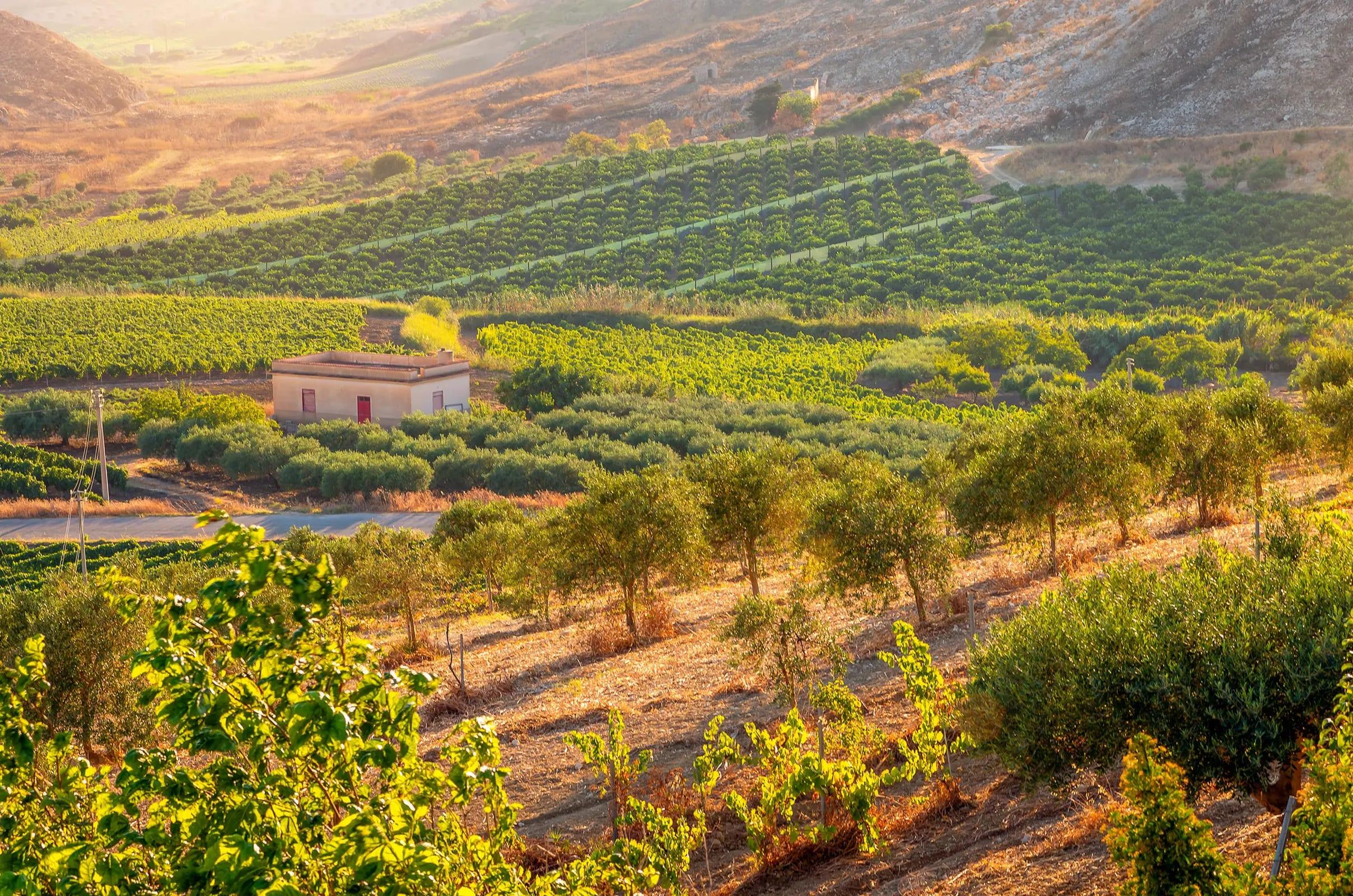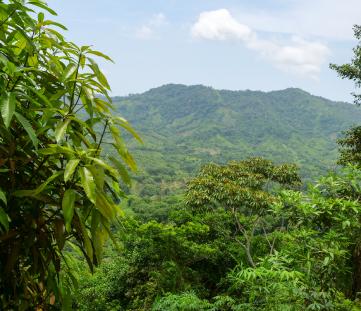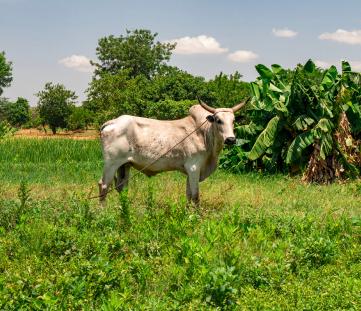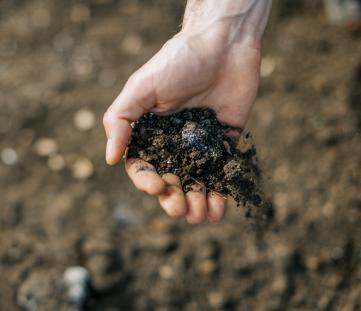
ID: 5MW-MLE8
ID: 5MW-MLE8
Moon trefoil
Medicago arborea
Planted
Italy
16:47 - 26°C
My connections
The project I am part of

Italy
2,200
Involved farmers
51,861
Planted trees
Italy is commonly described as a peninsula stretching in the Mediterranean Sea. Actually, in addition to the peninsula area, Italy includes a continental area as well as several islands: although it is a small country, Italy has an extremely varied landscape. The territory is mainly hilly, with mountains occupying more than 35% of the territory. Treedom works with various partners encouraging organic farming. The results of this projects include the creation of a sustainable production and trading chain that has a positive impact on society and on those same seized assets, which have become free croplands and are used to create high quality products using eco-friendly methods.
My ID card
Who am I?
Tree
Moon trefoil
Date of birth
06/18/2025
Name
Moon trefoil

/16.6038693,41.0690902,0/500x333@2x?access_token=pk.eyJ1IjoidG9tbWFzb3NwZXJvbmkiLCJhIjoiY2tnOTE3eW12MDJqazMybXNzOWV1YjloOSJ9.wtGsuDU7XIKjcv2cq8CiXw&logo=false&attribution=false)
Where am I located?
Country
Italy
Place of birth
Bitonto
Coordinates
41° 4′ 8.72″ N | 16° 36′ 13.93″ E
My Timeline
The important moments in your tree's life.
Seed
It all starts with a tiny seed, nice and warm in the soil.
Nursery
Your seedling is big enough to be welcomed into one of our nurseries, along with many others.
Planted
We’re here! Your tree has reached its new home: it’s been planted by a smallholder, who’ll take care of it for years to come.
Photo
Strike a pose! Now that it’s big enough, here’s a photo of your tree!
My Gallery
Nursery

Planted
/16.6038693,41.0690902,0/500x333@2x?access_token=pk.eyJ1IjoidG9tbWFzb3NwZXJvbmkiLCJhIjoiY2tnOTE3eW12MDJqazMybXNzOWV1YjloOSJ9.wtGsuDU7XIKjcv2cq8CiXw&logo=false&attribution=false)
16° 36′ 13.93″ E

Curiosity about me
The important moments in your tree's life.
Let's start with introductions
Moon trefoil grows in a compact, harmonious shape, with sturdy branches and a rounded crown that can reach up to two meters in height. Its bright green, clover-shaped leaves are soft and velvety to the touch, while in spring it bursts into vivid yellow flowers, similar to those of alfalfa, attracting bees and other pollinators. It’s a hardy plant that thrives in poor, rocky soils, loves the sun, and resists both drought and salty sea air. Ideal for Mediterranean landscapes, Medicago arborea is not only beautiful and resilient—it’s also a powerful ally for the soil. As a legume, it enriches the earth with nitrogen, making it more fertile and helping other plants grow better. A small shrub, with an impact that reaches far beyond its roots.
Meaning
Regeneration
Medicago arborea grows where many other plants would fail — in poor soils, under scorching sun, or near the sea — and not only survives, but improves the environment around it by enriching the soil. It’s not a plant that stands out for its size or flamboyance, but for its ability to adapt, nourish, endure, and regenerate.

How much CO2 I’ll absorb
My estimated CO2 absorption capacity is based on the first 10 years of my life*
Current absorption
- 0 kg
2025
0 kg
2035
-0 kg
* The tree will continue to absorb CO2 even after the tenth year. Therefore this is a prudent estimate.
How I am useful to local communities

Anti-wind
It protects young plants from the wind and reduces water evaporation from the soil.

Livestock
Its leaves, either fresh or dried-out, are used as food for livestock.

Natural pesticide
Its leaves and/or its fruits contain useful substances that can be used against plant diseases or as natural pesticides.

Soil
It improves the quality of the soil thanks to the nitrogen fixation process or it reduces soil erosion, thanks to its extended root system.
My benefits
20%
Food Security
The trees will bear fruits, some that will be edible immediately and others that can become edible through processing, ensuring food resources over time.
20%
Economic development
The trees' fruits and the products derived from their transformation can be traded in local networks, offering income opportunities.
20%
CO₂ Absorption
During its life cycle, each tree will absorb CO₂. The trees you plant can offset your emissions.
80%
Environmental protection
The trees are planted in agroforestry systems that favor the virtuous interaction between the different species and their positive impact on the environment and on the land.